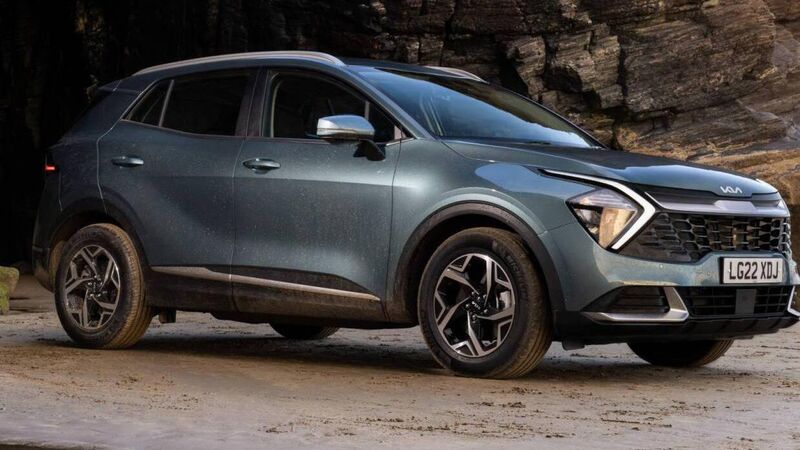Why are energy-guzzling SUVs still so popular with motorists?

These are the two biggest-selling car models so far this year and I’m curious to understand why people are still buying SUVs in 2023.
Maybe these proud owners missed the news of 40C heat in Spain in April, or global average sea surface temperatures over 21C (the highest since satellite records began), or the headlines that the extraordinary temperature records of recent years are likely to be surpassed in the coming months with the return of the naturally occurring warmer weather cycle El Niño.
In the midst of an energy crisis and high fuel costs, when we need to cut transport emissions by 7% each year, people are splashing out on SUVs that consume around 20% more energy than a normal sized car. I don’t get it.
A total of 67,018 new vehicles were bought in the first four months of the year and four out of five of the top selling car models were bigger, more polluting SUVs.
The Toyota Corolla is the only normal-sized car among the list of pumped-up vehicles which also includes the Toyota Yaris Cross and Toyota C-HR.
Thankfully, electric vehicles are becoming more popular, however, the most popular EVs, the Volkswagen ID.4 and the Hyundai Ioniq 5, are also inefficient, oversized SUVs using more energy to move than a regular-sized car.
An electric SUV is of course a better choice than a diesel fuelled SUV, but unless a set of solar panels is thrown in as part of the deal (there’s an idea!) to charge the new purchase entirely with renewable solar energy, the majority of the electricity used to charge SUVs in Ireland relies on fossil fuels (although 70% of the electricity will be renewable by 2030)
Weather-wise, things have been relatively benign in Ireland lately, so perhaps that’s why the car buyers of 2023 forgot about climate change when they were at the showroom.
Or they want to be able to cart around huge amounts of stuff, or they feel safer in a bigger car and in a higher seating position as the roads become increasingly taken over by larger vehicles.
Or, as my six-year-old succinctly summed up, “they just want them”.
Opinion surveys suggest that Irish people are worried about climate change, however, rising purchases of SUVs suggest that people don’t see their individual purchases as being important or having any effect.
Consider the volume of car sales and the potential volume of energy savings if every new purchase was not an SUV.
I’m aware this is unlikely to be my most popular column. I have friends and family who drive SUVs and I don’t wish to offend them or any of the drivers who are zipping about in their big cars, but is Ireland going to go down the road of countries like the US where outsized cars are the norm, guzzling completely unnecessary amounts of energy and releasing unnecessary amounts of emissions?
SUVs are a social contagion. The arms race of buying bigger cars to feel safer on the roads is bad for everyone - pedestrians, cyclists, other drivers - and each person we share the planet with.
What we drive matters because every fraction of a degree of warming that we can avoid in the coming years is important.
This was highlighted last week when the World Meteorological Organisation (WMO) warned that 2023 might be an extra hot year.
It is a natural event that typically happens every two to seven years and can last for several months to a year or more.
El Niño gets its name from the Spanish phrase for ‘the little boy’, which was used by Peruvian fishermen to refer to the warm ocean currents.
La Niña is a natural event that is essentially the opposite of El Niño and brings a cooling of the ocean surface temperatures.
A recent phase of La Niña has been associated with persistent drought in the Greater Horn of Africa and large parts of South America, as well as above average rainfall in South-East Asia and Australasia.
Globally, the past eight year period was the warmest on record despite La Niña’s cooling effect putting a brake on rising global temperatures.
The WMO’s Secretary General Professor Petteri Taalas warned: “If we do now enter an El Niño phase, this is likely to fuel another spike in global temperatures.”
Perhaps prospective car buyers will consider this when they are perusing the showroom and will say no to the SUV.







 App?
App?




